With Bob Labriola enjoying a summer break, we've gone through recent editions of Asked & Answered and selected a few memorable questions…and answers.
Bob returns to his normal schedule on Tuesday, July 11th.
Let's get to it:
JIMMY CRUZ FROM CITY TERRACE, CA: I know T.J. Watt won the Defensive Player of the Year Award a couple of years ago. How many other Steelers have won that award, and who were they?
ANSWER: T.J. Watt was voted AP Defensive Player of the Year in 2021, and this is a list of other Steelers to win the award: 1972 Joe Greene; 1974 Joe Greene; 1975 Mel Blount; 1976 Jack Lambert; 1993 Rod Woodson; 2008 James Harrison; 2010 Troy Polamalu; and 2021 T.J. Watt.
JOE ASHER FROM TAMPA, FL: It seems the Steelers like to grow the team through the draft. Minkah Fitzpatrick and Jerome Bettis are two exceptions, and both worked out great for the Steelers. Who do you think was the greatest player ever to play for the Steelers who was acquired through trade?
ANSWER: Maybe I'm just getting old, but this fascination with trying to pinpoint "the greatest of the greats" in a specific category for a franchise that has been doing business in the NFL since 1933 befuddles me when it would seem to be just as gratifying to recognize all of the things/people the Steelers have done that are worth celebrating. The Steelers are a storied franchise with a long, rich, and interesting history, so I will throw out a few names and leave it at that. It wasn't until Chuck Noll was hired in 1969 that the Steelers switched their business model to utilizing the draft as the primary method of roster building, and throughout the NFL of the 1940s, 1950, and 1960s, players were traded more routinely than they have been during the modern era when teams began to recognize and understand how valuable draft picks were. For the Steelers, there are three players who were acquired via trade whose careers set them apart from all of the others, and what set them apart is that each of the three was elected to the Pro Football Hall of Fame. In chronological order, those three are Bobby Layne, John Henry Johnson, and Jerome Bettis.
• The Steelers acquired Layne in a trade with Detroit on Oct. 6, 1958, and he posted a 27-19-2 record as the team's primary starting quarterback through the 1962 season. In 1962, Layne quarterbacked the Steelers to a 9-5 season, which was the second-best winning percentage (.643) in franchise history to 1947's 8-4 finish (.667). Layne's individual statistics during his Steelers career could be judged as mediocre – 49.2 percent completions, 66 touchdowns, 81 interceptions, 65.5 passer rating – but he was a leader, a player who could drag the rest of the team to victory, and the best quarterback to that point in franchise history. He was inducted into the Pro Football Hall of Fame as part of the Class of 1967.
• Johnson was a second-round pick (18th overall) by the Steelers in the 1953 NFL Draft, but he opted for the Canadian Football League where he played for one year. He then signed with the San Francisco 49ers in 1954, where he played for three years before being traded to Detroit in 1957. When the Lions mistakenly believed he was on the downside of his career, he was traded to the Steelers in 1960. After arriving in Pittsburgh, Johnson posted the most productive years of his career, with two 1,000-yard seasons to become the oldest player to record a 1,000-yard rushing season as well as the oldest player to rush for 200 or more yards in a game, each at age 34. A four-time Pro Bowl selection, Johnson ranked third on the NFL's all-time rushing yards list when he retired. He was a member of the Pro Football Hall of Fame Class of 1987.
• On the day of the 1996 NFL Draft, the Steelers acquired Bettis and a third-round pick from the St. Louis Rams in exchange for a second-round pick in 1996 and a fourth-round pick in 1997. In 10 seasons with the Steelers, Bettis rushed for 10,571 yards and 78 touchdowns; he was influential in the locker room as a team leader; and he was a driving force behind the team's run to Super Bowl XL and the fifth Lombardi Trophy in franchise history. Bettis was enshrined in Canton as part of the Class of 2015.
There are candidates in my opinion. I will allow you and other interested fans to determine "the greatest."
RAY JAMES FROM WOODSTOCK, GA: I've been a Steelers fan for 50 years My all-time favorite Steelers player is Jack Lambert. Who do you think is the Steelers greatest linebacker?
ANSWER: I would pick Jack Ham. Understanding that my choice of Ham is highly subjective and acknowledging Jack Lambert as a great player in his own right, I had my eyes opened first in conversations with Bill Nunn about the great Steelers of the 1970s, and then by the announcement by the Pro Football Hall of Fame's of its 50th Anniversary All-Time Team. There were only three linebackers picked from all of the Hall of Fame players to that point in NFL history, and the two outside linebackers were Lawrence Taylor and Jack Ham. About the reasoning behind Ham's selection, it was written: "Smart, instinctive, great football IQ. Ham was a sure tackler who could diagnose plays very quickly, and he was also able to handle the quickest of backs in coverage. The 1970s was the decade when running backs really started to get involved in the passing game, eventually giving rise to the third-down back. Ham could handle them all. It is said that, from zero to 10 yards, Ham was faster than any of the other Steelers. There were those within the organization who felt that he was the club's best player. Ham certainly belonged in that conversation with "Mean" Joe Greene, as he also played an integral role on the four Super Bowl-winning teams of the 1970s. Ham's 53 career takeaways remain the highest figure ever by a non-defensive back."
The best photos of Jack Lambert throughout his career.











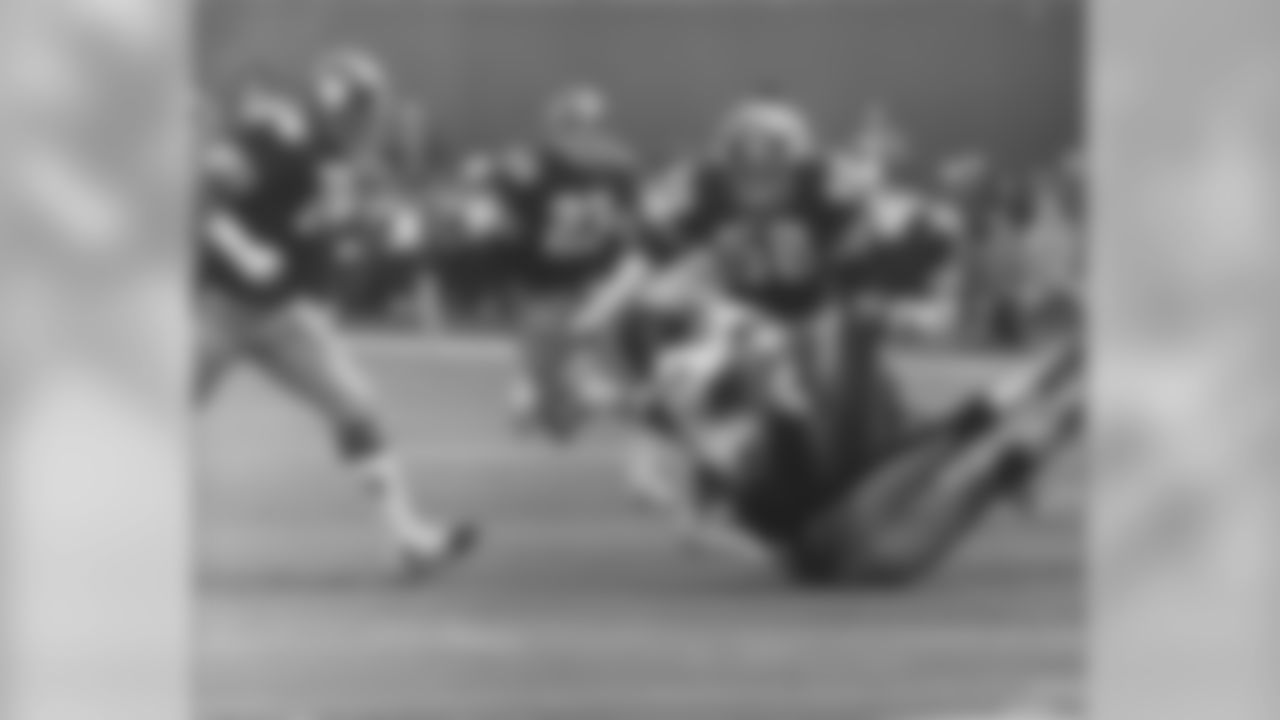



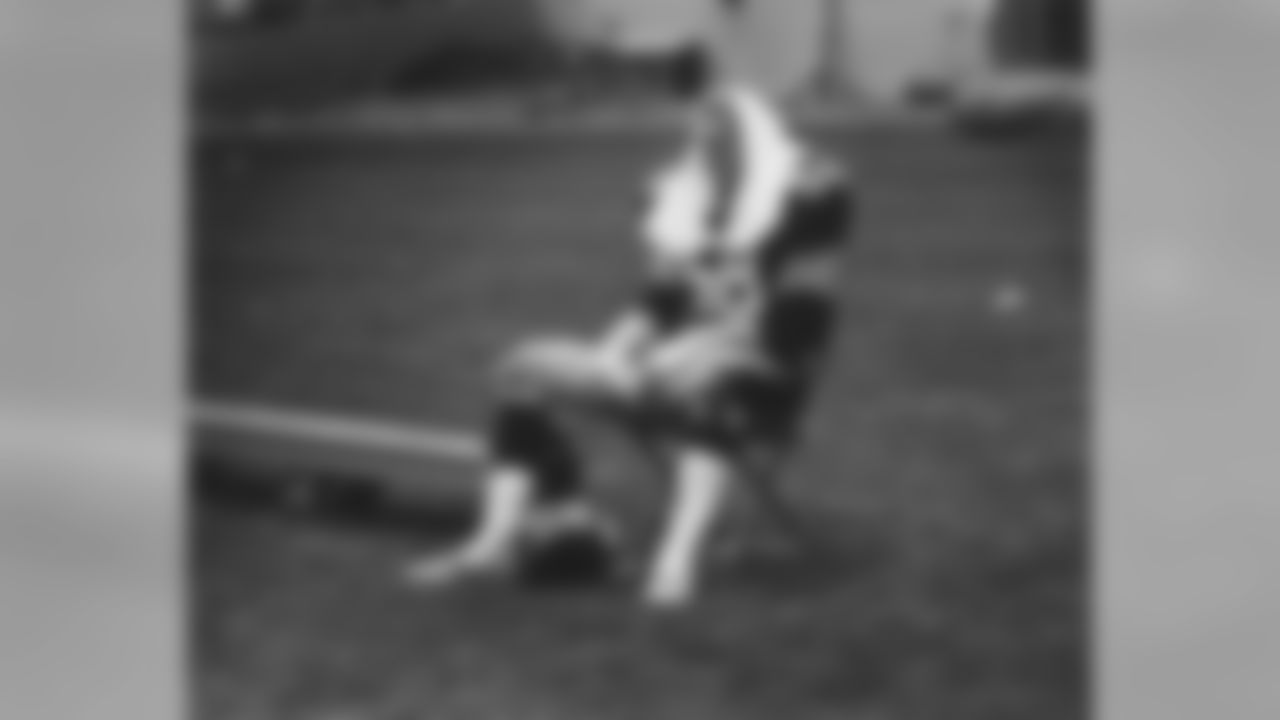


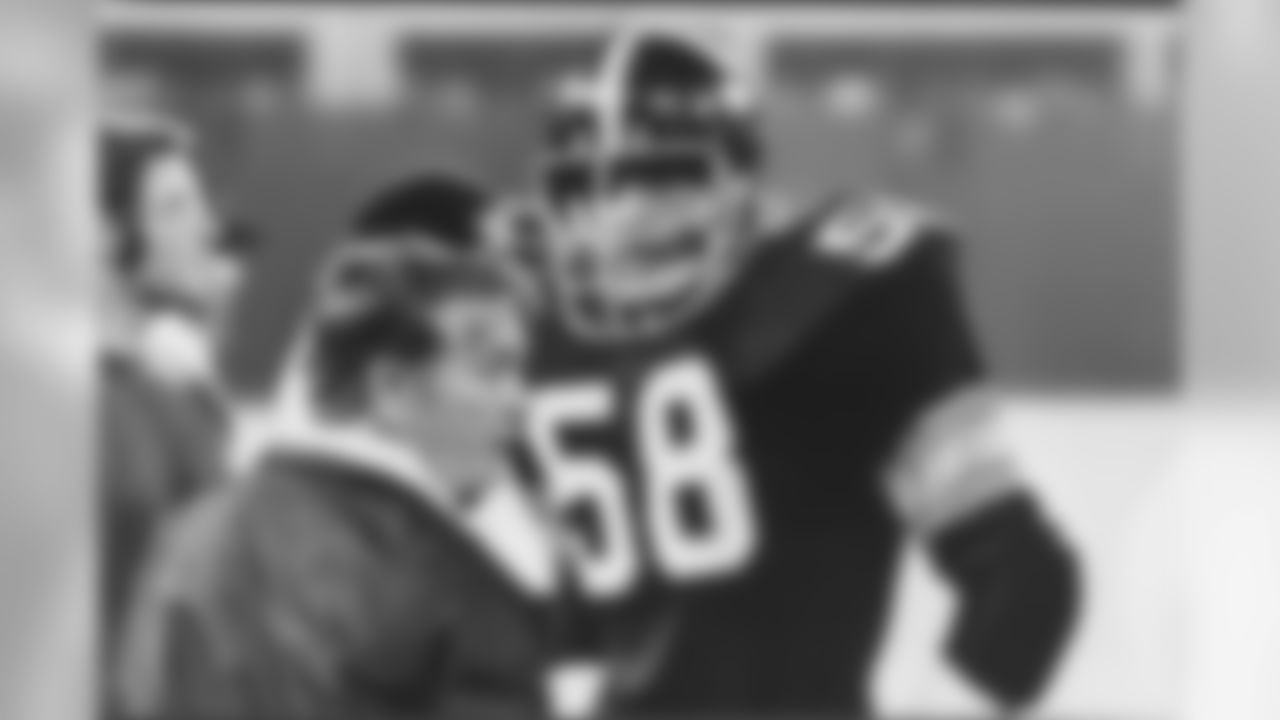

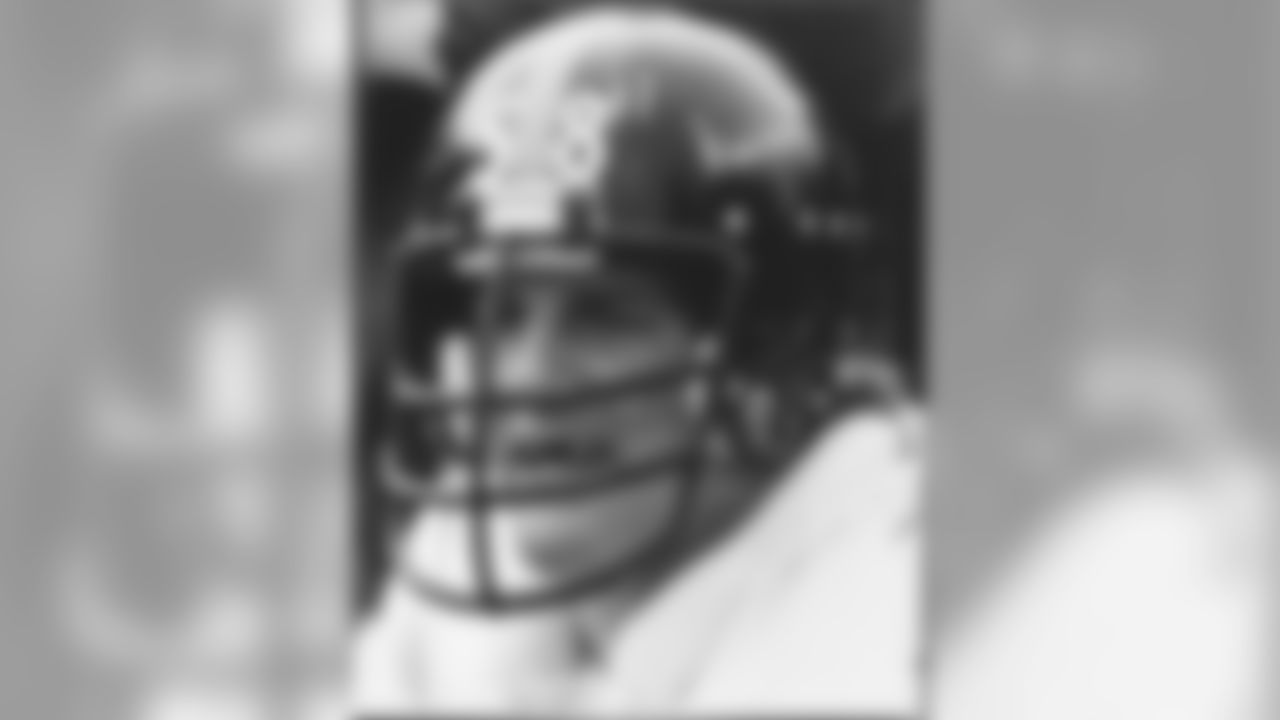



ROB ROWLEY FROM NEW CUMBERLAND, PA: We all know Heath Miller is the best tight end in franchise history, but who's the second best?
ANSWER: For me, that would be Elbie Nickel, who came to the Steelers as a 17th-round pick (149th overall) in the 1947 NFL Draft. In those days, Nickel was listed as a right end, which is comparable to the position referred to in today's NFL as a tight end. Nickel played his college football at Cincinnati, and in 131 games over 11 NFL seasons he caught 329 passes for 5,131 yards (15.6 average) and 37 touchdowns. He was voted to three Pro Bowls, and he was inducted into the Steelers Hall of Honor as part of the Class of 2019.
JIMMY CRUZ FROM CITY TERRACE, CA: The Steelers have had some pretty good running backs throughout their history. Has a Steelers running back ever won a rushing title?
ANSWER: Bill Dudley, who came to the Steelers from the University of Virginia as the No. 1 overall pick of the 1942 NFL Draft, led the NFL in rushing in both 1942, with 142 carries for 696 yards (4.3 average) and 5 touchdowns, and in 1946, with 146 carries for 604 yards (4.1 average) and 2 touchdowns. He was inducted into the Pro Football Hall of Fame as part of the Class of 1966. On a side note, as a personal favor to me, I'm going to ask that you refrain from submitting future questions in ALL CAPS. Thanks for the consideration.
STEPHEN CUPRZYNSKI FROM COCKEYSVILLE, MD: I enjoyed and received much pleasure from those 1970s Steelers teams. One player I had a keen interest in was Rocky Bleier. I'm a Vietnam veteran, non-combat, and truly admired Rocky's grit and determination to come back from being wounded and excelling in the NFL. Could you please provide his career statistics, and would you know of any books written on his life?
ANSWER: After his college career at Notre Dame, Rocky Bleier came to the Steelers as a 16th round pick (417th overall) during the 1968 NFL Draft. He played 140 regular season games over 11 seasons during which he rushed for 3,865 yards on 928 carries (4.2 average) and 23 touchdowns to go with 136 receptions for 1,294 yards (9.5 average) and 2 more touchdowns. In addition, he played in 18 postseason games during which he rushed for 480 yards on 141 carries (3.4 average) and 4 touchdowns to go with 19 receptions for 202 yards (10.6 average) and 2 more touchdowns. The definitive book on his life is: "Fighting Back" by Rocky Bleier with Terry O'Neil.
LARRY BARNES FROM SHELBY, OH: I just finished watching Super Bowl XIV and was wondering if you knew why Mike Wagner didn't play?
ANSWER: Mike Wagner, an 11th-round draft choice from Western Illinois in 1971, twice came back from potential career-ending injuries. In 1977 Wagner sustained a neck injury that limited him to just three games that season, but he returned in 1978 to start 14 of the 16 regular season games and all three postseason games when the Steelers finished 14-2 and won Super Bowl XIII. In 1979, Wagner was plagued by hamstring and hip injuries that limited him to 8 regular season games, and he did not play in that postseason that ended with a victory over the Los Angeles Rams in Super Bowl XIV. Wagner had surgery as a result of those injuries, and played in 15 of the 16 games during the 1980 regular season.
Check out photos from Super Bowl XIV. The Pittsburgh Steelers defeated the Los Angeles Rams 31-19 to capture the team's fourth Super Bowl victory in Pasadena's Rose Bowl Stadium
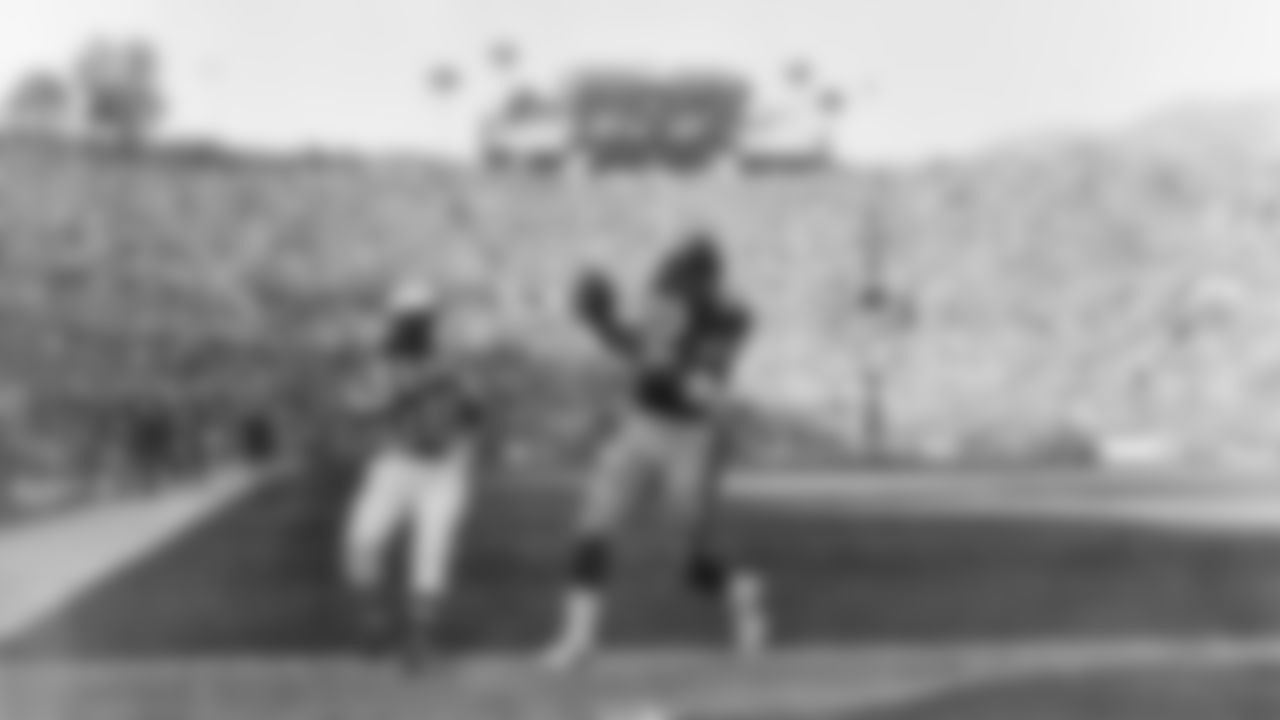


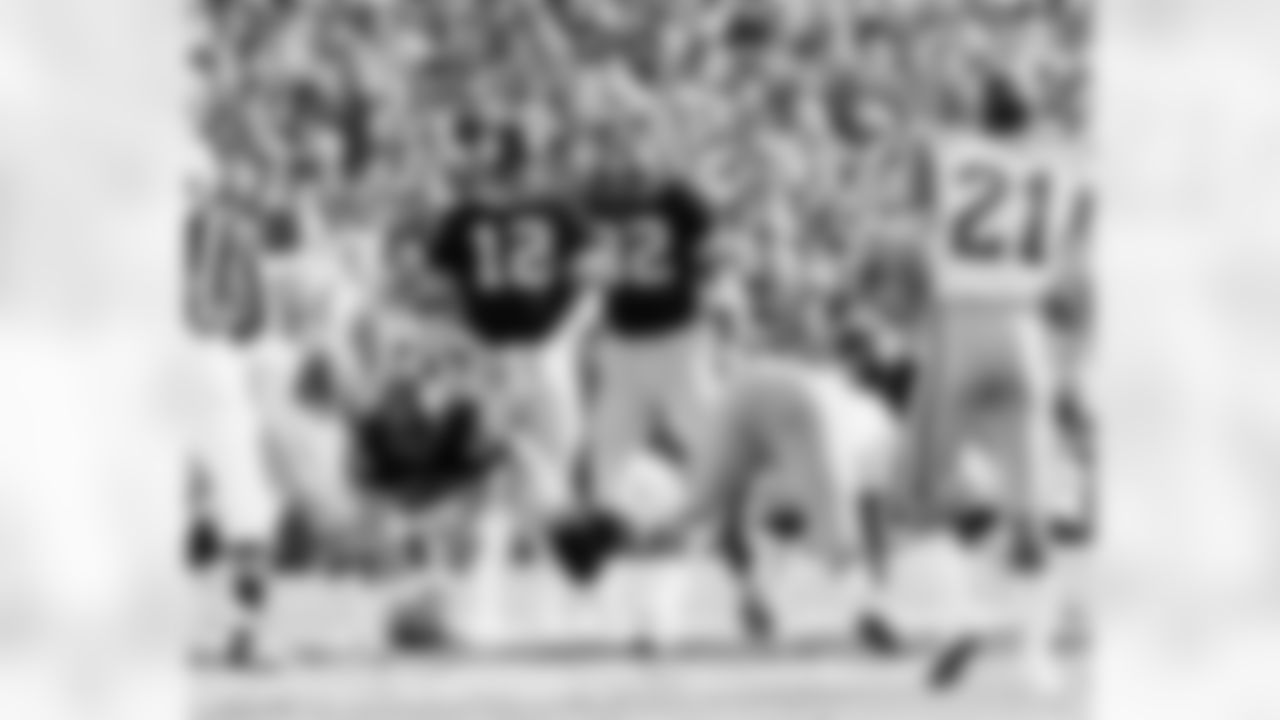

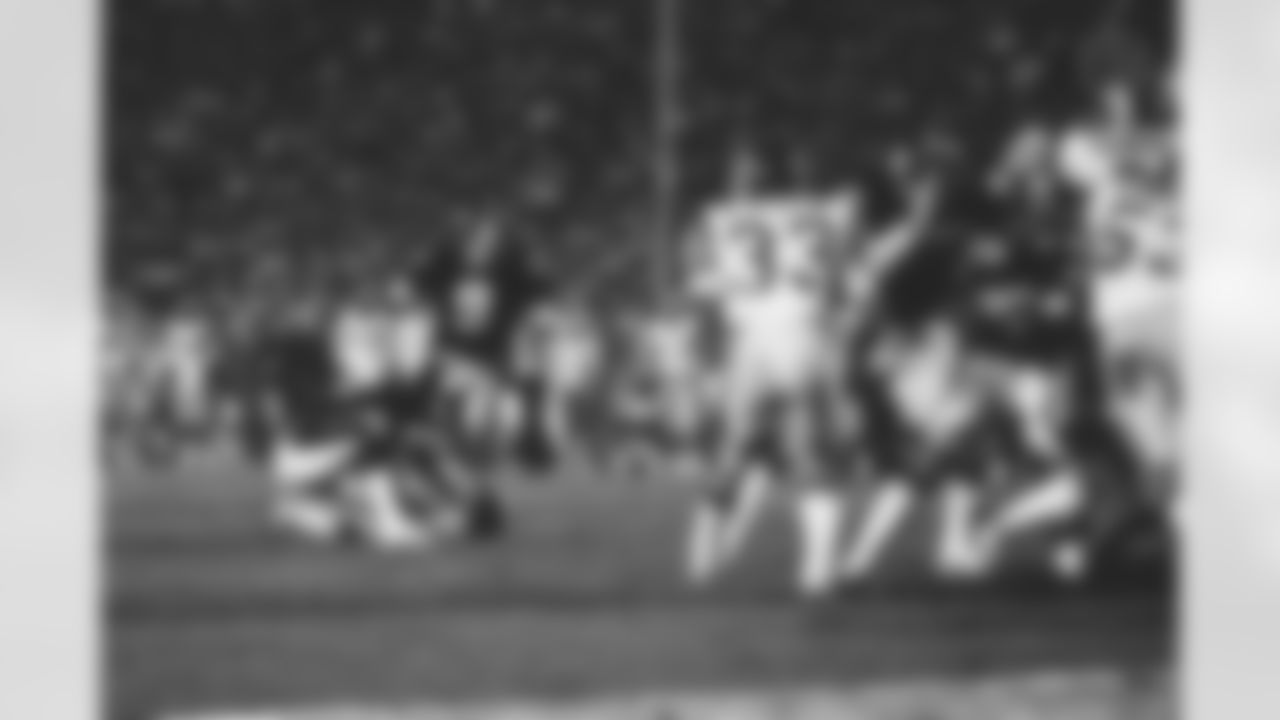
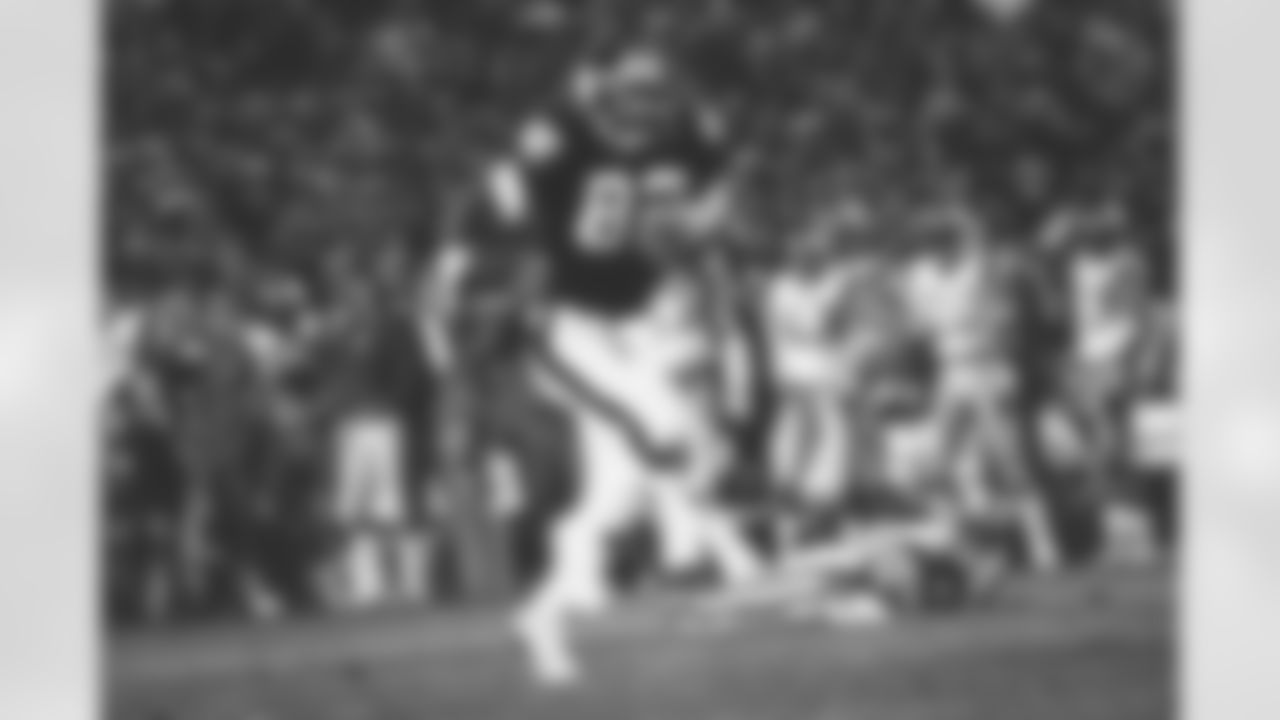
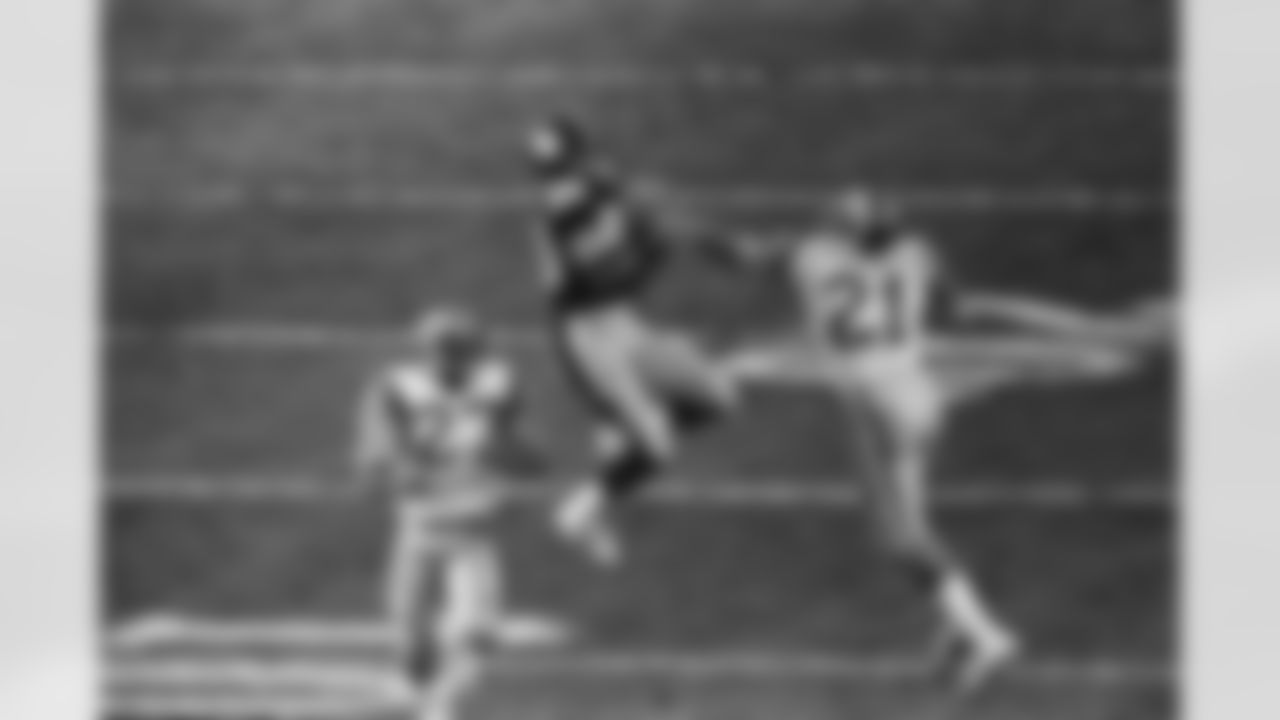



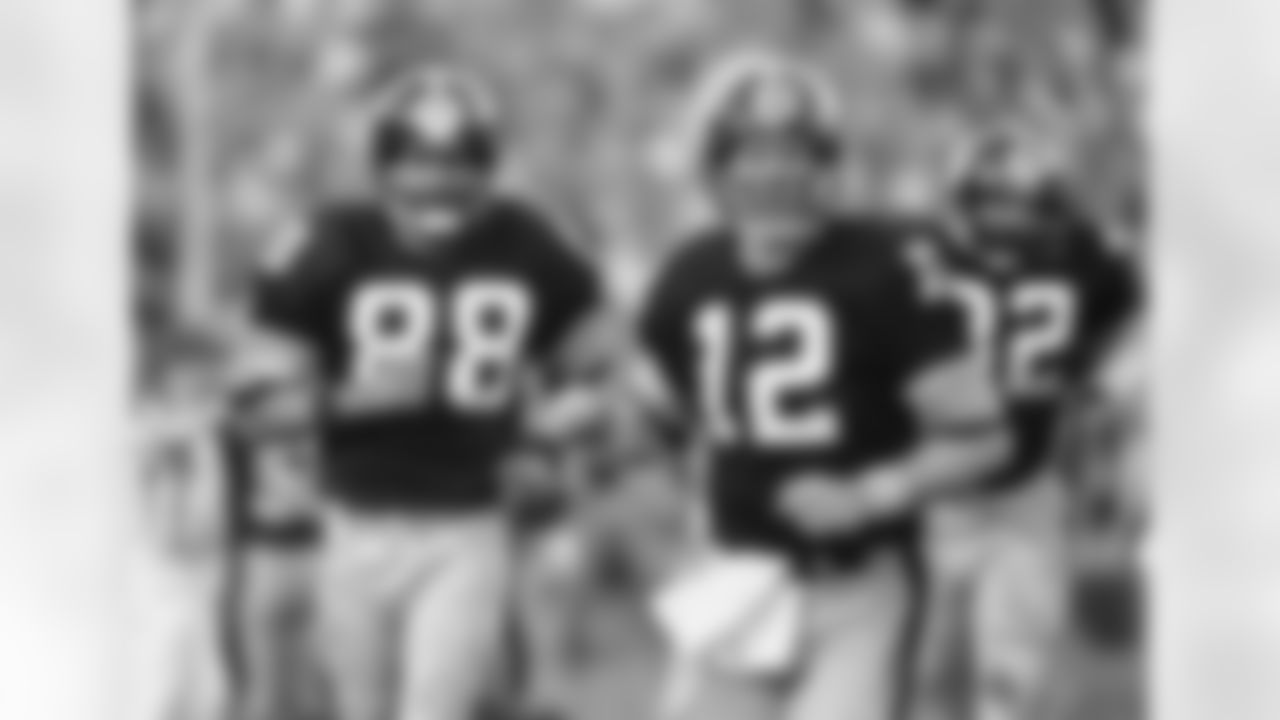





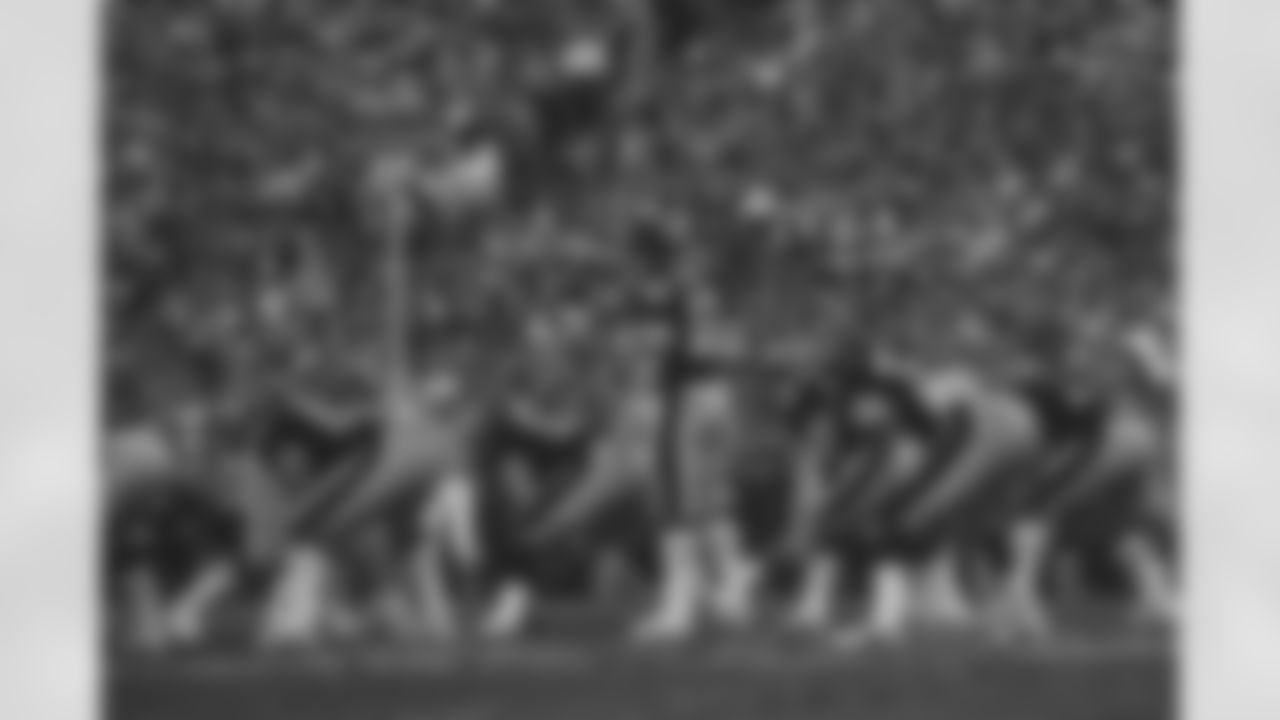
WILLIAM N. HAYES JR. FROM NASHVILLE, TN: Did Jack Lambert have any pick-6s in his career with the Steelers?
ANSWER: While Jack Lambert finished his NFL career with 28 regular season interceptions plus one more in the postseason – it came in the fourth quarter of Super Bowl XIV vs. the Los Angeles Rams – he never scored a defensive touchdown.
MARC RESNICK FROM HENDERSON, NV: Growing up in Pittsburgh, I remember when Myron Cope introduced the Terrible Towel to Steelers fans. Nowadays it seems like every team has fans waving some sort of towel or hankie at games in the NFL, the NHL, etc. Did Myron start this, or were there such things on a large scale prior to it?
ANSWER: While no other fan base embraced this trend more fervently than Steelers Nation, both the Miami Dolphins and Oakland Raiders had fans twirling objects at home games before Myron Cope created the Terrible Towel. In the Orange Bowl, Dolphins fans used white hankies as pompoms, and then the Raiders introduced black socks as a counter to that trend. But both of those were short-lived, and once Cope's invention was introduced during the 1975 playoffs, the Terrible Towel went on to become the "industry leader" in the category, and the partnership with the Allegheny Valley School for disabled children has raised millions of dollars for that worthy cause.
VINCE GRABOWSKI FROM MILWAUKEE, WI: With 1,000 career regular season catches, over 12,000 yards receiving and 80-plus touchdowns, not to mention that in his career he missed only 7 regular season games, it would be great to see these accomplishments of Hines Ward rewarded with an enshrinement in Canton. Hines also was part of two Super Bowl winning teams and was the MVP of Super Bowl XL. Do you feel there are any negatives on his resume keeping him from having a bust or is it just timing?
ANSWER: I personally don't see any holes in Hines Ward's resume, and in addition to the numbers you cited I also believe he is deserving of recognition for being a physical presence at wide receiver as a blocker for an offense that primarily was run-first throughout his career. I just believe it's more difficult for wide receivers to get elected because of the proliferation of passing offenses in the NFL and the rules changes that have made it easier for players to thrive in that phase of the game. Also, I believe there is a bit of Steelers fatigue at work among the Board of Selectors after having 5 members of the organization elected in 2020-21 that while unfair is definitely real.
RICHARD ROMERO FROM CLOVIS, CA: In the June 1 Asked & Answered, you wrote that Minkah Fitzpatrick is the "best free safety in football." How do you feel he measures up to Troy Polamalu?
ANSWER: Troy Polamalu was not a free safety during his career with the Steelers, and so Minkah Fitzpatrick is playing a different position as well as still being in the early stage of his professional career. That makes a head-to-head comparison difficult, but it's fair to recognize Polamalu as what he was and is – one of the most dynamic defensive players of his era and a member of the Pro Football Hall of Fame. And I stand by what I wrote on June 1 that Fitzpatrick is the best free safety in football today.
ROSS HUNT FROM LISBURN, NORTHERN IRELAND: Recently on Ben Roethlisberger's podcast someone referred to this year's offensive line as "The Pickett Fence." I know there have been a number of defensive lines around the league that have earned nicknames over the years, and so I was wondering if there were any notable offensive lines that have earned a memorable nickname?
ANSWER: The most famous offensive line in terms of a nickname was the Hogs, a collection of players who made up the unit for Washington from the early 1980s into the 1990s as the team won three Super Bowls. The nickname was born during training camp in 1982 when offensive line coach Joe Bugel was conducting a drill and wanted to move the players to another location on the field. He supposedly said, "OK, you Hogs, let's get running down there." The players who made up the Hogs were center Jeff Bostic, left guard Russ Grimm, right guard Mark May, left tackle Joe Jacoby, right tackle George Starke, guard Fred Dean, and tight ends Don Warren and Rick Walker.
JOE ASHER FROM TAMPA, FL: During Ben Roethlisberger's time as quarterback for the Steelers, I read several articles about his desire for a huge tight end.
ANSWER: Here we go again with basing an opinion on what was read "in several articles." I'm willing to bet that Ben Roethlisberger was very happy with Heath Miller as his starting tight end for the entirety of his time as the Steelers starting quarterback. Miller was listed at 6-foot-5, 256 pounds. Darnell Washington's listed height and weight would make him 2 inches taller and 8 pounds heavier at 6-7, 264. Washington yet may develop into a fine player, maybe even a difference-maker at his position, but Heath Miller deserves respect for what he accomplished during a Steelers career that had him leave as the best receiving tight end in franchise history as well as a winner of couple of Super Bowl rings. Miller also was inducted into the Steelers Hall of Honor as a member of the Class of 2022.
MIKE FOSTER FROM EWA BEACH, HI: Was the Steel Curtain moniker for the front four or the whole defense?
ANSWER: Originally, the Steel Curtain referred to the Steelers defensive line, and specifically it referred to Dwight White, Ernie Holmes, Joe Greene, and L.C. Greenwood. Toward the latter stages of the 1970s, it came to be the nickname for the entire defensive unit.













